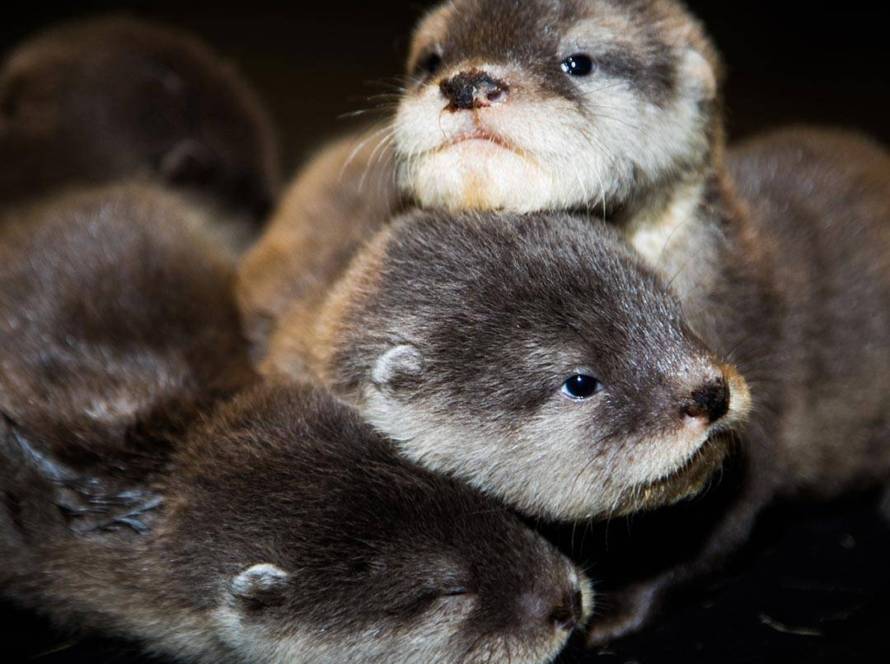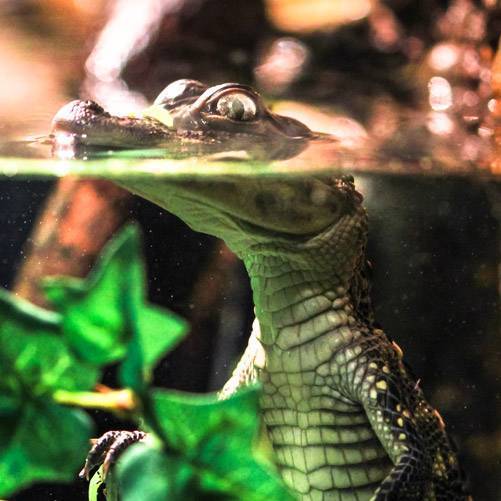Among reptiles, geckos are notable for their sympathetic appearance and colorful patterns. They are usually small in size, their movements are silent and they are sometimes seen walking upside down on walls or glass surfaces. These animals are widespread in nature, living in a wide variety of climates and geographies, from Asia to Africa, from the Americas to Australia.
There are about 1,500 species of geckos. Although these species exhibit different colors, patterns and behaviors, their common characteristics show how well adapted they are to nature. In particular, their sticky toes, night vision and ability to change their body color according to the environment make them extremely interesting.
What Do Geckos Eat?
The vast majority of geckos are carnivorous and prefer small prey. Their food sources are usually the following:
- Insects such as mosquitoes, flies, ants, spiders
- Fruit puree and nectar for some small species
- Live feeds for cultured species (e.g. mealworms, crickets)
They catch their prey with their tongues. Most nocturnal species see very well in the dark. Some species move during the day and prefer to warm up in direct sunlight.
Where Do Geckos Live?
In nature, geckos can be found on rock surfaces, tree trunks, and even on the walls of houses in some species that have adapted to urban life. Species living in arid regions depend on their prey for water, while species in the tropics prefer humid environments.
Even in a cage or observation environment, geckos are very adaptable. However, each species has different needs. Some want a dry and warm area, others are more active in a humid habitat.
How Do Geckos Reproduce?
Geckos reproduce by laying eggs. The female gecko usually lays two eggs in a hidden area. The eggs hatch within 1 to 3 months. The young are very tiny when they are born and have to live on their own from the start.
In some species, in addition to sexual reproduction, parthenogenesis (producing offspring without fertilization) has also been observed. In this respect, geckos are very successful in sustaining their species in nature.
Two Special Species You Can Observe at Emaar Aquarium
Spotted Leopard Gecko
The Spotted Leopard Gecko is one of the most recognized gecko species in Turkey. Its body is covered with black patterns similar to leopard spots, from which it gets its name. These patterns are quite prominent on its yellow, cream and brown body.
It is usually active at night. It does not have sticky pads on its feet, so it cannot climb on glass surfaces, but it moves quite quickly on the ground. Its silence makes it easy to observe. Its natural habitat is the arid regions of Asia; it likes warm, dry climates.
You can observe this species in its natural behavior in its special habitat at Emaar Aquarium. It can be quite exciting to see an individual resting just behind the glass or to witness the feeding moment.
Ciliated Gecko
The Ciliated Gecko is a species that stands out for its appearance. It has eyelash-like skin protrusions just above its eyes, giving it the name “ciliated”. This creature resembles a piece of leaf with its body color and texture.
Native to New Caledonia, this species lives in the humid tropics. It is active at night. It can walk easily on glass surfaces and can even stand upside down thanks to its sticky foot pads. In its natural habitat, it is mostly found in forested areas.
Emaar Aquarium provides a special humid environment for reptile species. Thanks to tree branches, plants and hiding places, the Ciliated Gecko can exhibit its natural behavior here.
It usually stalks its prey silently, waiting for the right moment to neutralize it with a sudden attack.
Frequently Asked Questions About Geckos
1. Are geckos poisonous?
No, geckos are not poisonous and do not show aggression towards humans.
2. Don’t they fall out of your hands, how do they climb?
Some species have millions of microscopic hairs on their feet. These hairs allow them to stick to almost any surface.
3. Are they active at night?
Most species are usually active at night, which is when they hunt, move and interact with their environment. During the day, they prefer to hide. However, there are also species that are active during the day. A nocturnally active gecko is usually hiding under a leaf, behind a stone and is inactive during the day.
4. How many gecko species are there at Emaar Aquarium?
Currently, Spotted Leopard Gecko and Ciliated Gecko can be observed. It is possible that new species will be exhibited in the future.
5. Can I keep it at home?
Some species can be kept at home under special conditions but require specialization and careful care.
If you want to get to know reptiles closely and encounter creatures that cannot be easily observed in nature, don’t forget to visit the reptile species at Emaar Aquarium. The amazing world of geckos especially attracts the attention of children and offers a fascinating observation opportunity for adults.




